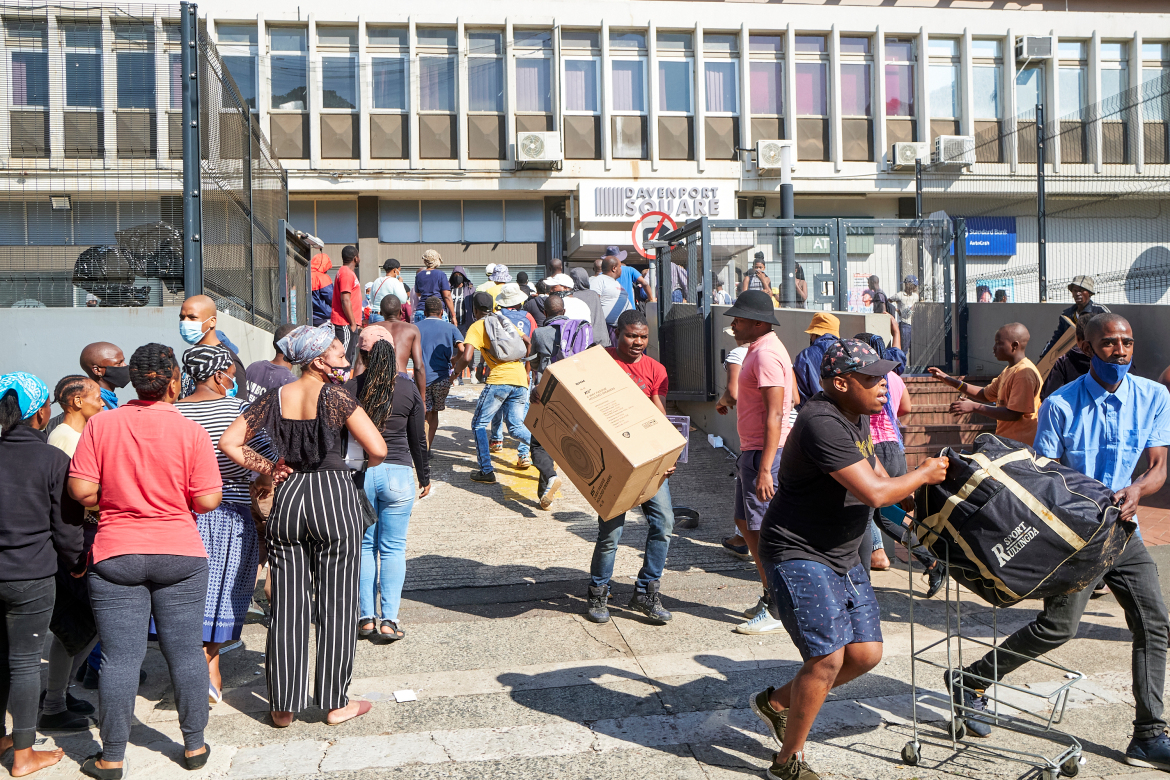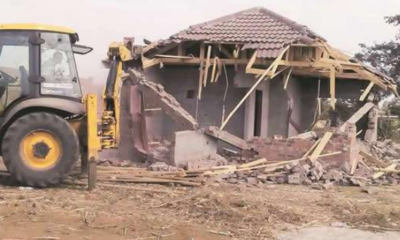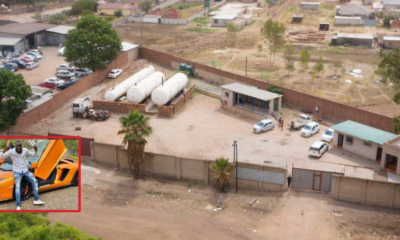SOUTH African acting minister in the presidency Khumbudzo Ntshavheni says Pretoria has put security measures to ensure infrastructure and trade routes linking the country’s main ports and the region are secured following the recent unrest.
OWEN GAGARE
Countries in the region, including Zimbabwe, depend on trade and imports from and through South Africa. Zimbabwe imports about 50% of its needs from South Africa, while it exports 40% of its products to its powerful southern neighbour.
In a media briefing during the week, Ntshavheni said normalcy has been largely restored and trade corridors were now open as South African security forces continue to get on top of the situation which threatened to spiral out of control and morph into an anti-government uprising.
“Since the unrest of the last two weeks, concerns have also been raised about food security in the (Southern African Development Community) region as a number of our neighbouring countries also rely on the South African ports for their imports of food and critical supplies,” Ntshaveni said.
“We want to reassure the region of SADC that law enforcement agencies have posted extra security personnel along the major routes to ensure the secure passage of the long-haul logistics trucks and the rail network. We were informed by the South African National Road Agency Limited that over nine thousand trucks were moving on the N3 per day without any incidents against logistic trucks.
“In addition, we have reported on the full operation of the two ports of Durban and Richards Bay – and the other ports were never affects by the unrests. All activities at the port of Durban, specifically agricultural ones, have normalised and were in entire operation since the start of this week. The only delays at the ports are due to the backlogs that were caused by the closure during the period of the unrests.
“Furthermore, our border posts are also working around the clock to process the logistics trucks so that they reach their destination safely and on time.”
Ntshavheni said her government was restoring order and calm across the country.
“We want to reassure all South Africans, the Sadc region and the international community in general that the situation in our country is now stable and economic activities have returned to normal. We want to thank the Sadc community and the international community in general for supporting South Africa through this difficult time,” she said.
“Regarding additional measures which we put in place to address the concerns of food security in KwaZulu-Natal and Gauteng, Government has engaged food processors and suppliers, farmers, and Agri-businesses to ensure the stability of the food supply chain. Importantly, government and social partners secured the logistics centres where communities can easily access food. As I speak today, the security of food supplies has been normalised mainly across the affected provinces:
“All the shopping malls, supermarkets and spaza shops that have not been affected by unrests were operational since Saturday 17th of July 2021. Bakeries have also been operational and bread which was in short supply in KZN has been on the shelves since the weekend.
“Milk supplies are now available, and depots have been collecting from farmers.
Sugar Mills has been operational since Saturday 17th of July 2021, and the farmers have been able to move their cane to the Mills.
“In KZN, where damage to retail infrastructure is most severe, municipalities have been working together with their business communities to ensure that food availability is maintained.
“Where necessary, municipalities have made their facilities part of the value chain. Other shop owners in certain rural towns have converted additional facilities to ensure that these are made grocery shops to address the food availability.”









